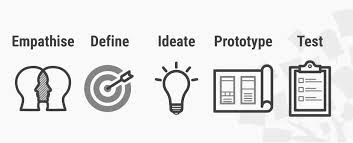We are all concerned of being supplied with spurious drugs. It is often difficult to identify which drugs are spurious and duplicate and which are original. From the place of manufacture, to the point of consumption,the supply chains often get manipulated by having spurious or substandard supplies of raw materials or chemicals. This is an issue in the pharma supply chains observed globally.
It is said that annually about 60 million drugs are returned and it is difficult for pharma companies to check whether these are spurious or original drugs.
There are two types of problems with the global pharma supply chains. In the developing world, the problem is of delivering sub standard drugs or falsified products that have one molecule but actually is another product. About 1 in10 medications fall in this category.
In the developed world, while it is not possible to commit forgery or supply sub standard drugs, the actual issue is theft. It is said that on an average developed countries lose about $ 1 billion of medicines.
Referring to HBR of May '20, Why Big Pharma is betting on Blockchain, (click here) the author Alison MacCauley says that deploying Blockchains across the pharma supply chain can ease things to a great extent. Besides ensuring availability, blockchains can eliminate fraudulent transactions in the supply chain.
Block chains have advantages -
- data privacy - the data privacy is ensured as the data is not shared, only supply chain partners get to see the data
- data integrity - maintained through complex mathematical computations, which makes it difficult or almost impossible to commit frauds
- data ownership - large amounts of data is not owned by any single central entity, instead it is jointly owned by all the members in the chain.
- data verification -
- cheaper, easier and faster verification even with competing partners,
- ensure integrity of returned drugs before being resold to dealers,
- ensure compliance with expiry dates
- data sharing -
- to enable identify, locate and remove expired, damaged and fraudulent products fro the market,
- where supplies are low ensure redistribution and replenishment
- ensure supply chain agility by ensuring inventory availability,streamlining operations, avoiding fraudulent products entering market and so on.
Blockchain is an Industry 4.0 technology. Making pharma supply chains agile, self-sufficient and efficient using Industry 4.0 technology is the best thing that can happen to the medical fraternity.
George






















